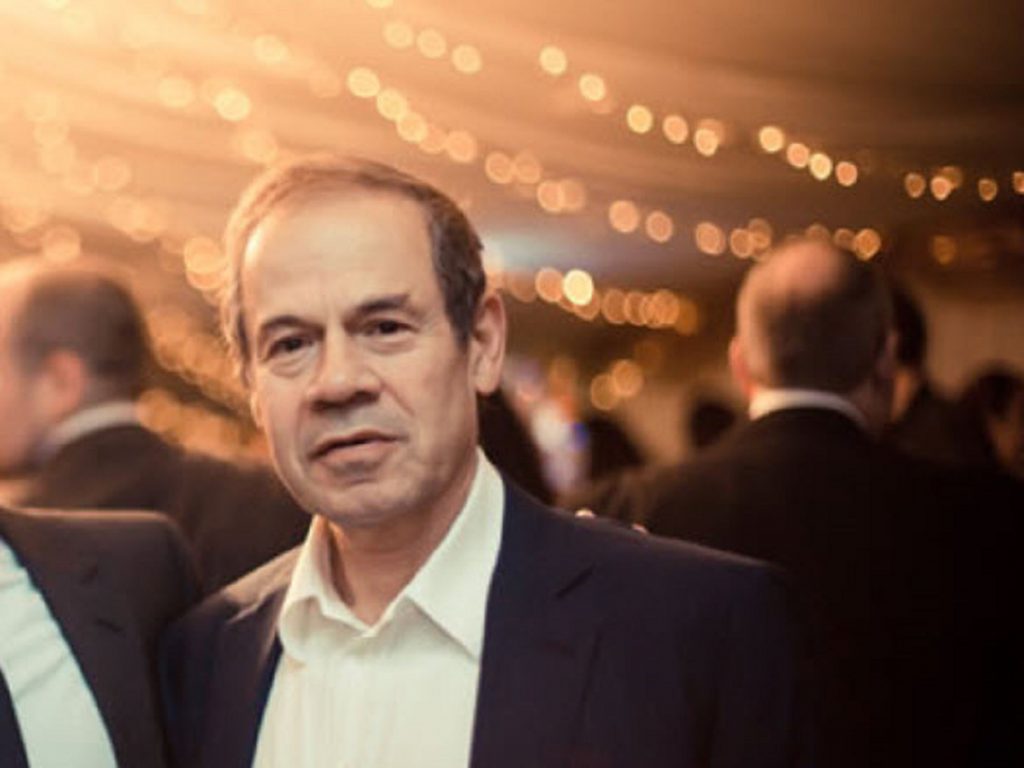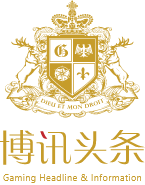Isai Scheinberg
Co-founder and former co-owner, PokerStars

EARLY LIFE
Isai Scheinberg was born in Israel in 1946. Just a year after he was born, his family moved to a small town in Lithuania. His father didn’t make enough money to support the family, so Scheinberg was forced to clean a local distillery on the weekends to help them make ends meet. He was the oldest of 5 children, and all of his younger siblings looked up to him. Since there was a 10-year age gap between him and his other siblings, they viewed him as more of a father figure than a brother.
Not wanting to let them down, he worked very hard at both his part-time job and school. He would often pick up extra shifts at the distillery and would spend any free moment he had studying. He excelled in school, earning himself a 4.0 GPA. When it came time to choose what college to attend, the answer was easy; he had earned himself a full-ride scholarship to Moscow State University in Russia.
He originally was pursuing a business degree, but he ended up changing his mind towards the end of his freshman year. After doing exceptionally well in a couple different math courses, he chose to major in mathematics instead. He earned both his bachelor’s and master’s in mathematics from that university.
Before he entered the workforce, he was drafted into the Israeli Defense Force. He served for 3 years during the War of Attrition. He was one of the soldiers responsible for the production of Israel’s first custom-made weapons. His background in mathematics helped him design weapons that were known for their accuracy.
DEVELOPING A LOVE OF POKER
It was during his time serving in the military that he first learned how to play poker. He played in the evenings with the other soldiers in his barrack, quickly becoming an excellent player. He developed his own strategies for winning and was known for his aggressive style of play and his willingness to take risks.
Once he left the Israeli Defense Force, he accepted a job as a programmer at IBM’s office in Israel. He was so successful at his job that they sent him to their offices in Canada to train the programmers over there. His first week in Canada, he met a woman named Libby while playing poker at Diamond Tooth Gertie’s Gambling Hall.
The couple got married just 1 year after they started dating, purchasing their first home together in Richmond Hill, Ontario. They had a son named Mark in 1973, who they loved very much. Despite having a young child at home, Scheinberg still made time to play poker on a regular basis. He competed in local poker tournaments regularly and was always looking for ways to improve his skills.
Over 20 years passed before Scheinberg finally decided to put his poker skills to the test. He entered the World Series of Poker main event in 1996 and managed to take 25th place. While he didn’t perform as well as he was hoping to, this experience did persuade him to consider making a career change.
FOUNDER OF POKERSTARS
Once he got home from the WSOP, he decided to start working on his very own poker site. He quickly realized this was a project he was not going to be able to accomplish on his own, so he started recruiting his team. He invited some of his co-workers from IBM to join him. He also got connected with a man named Terrance Chan through an online poker forum; his in-depth poker knowledge made him a perfect asset to the team. His last recruit was his son, Mark, who would eventually become the company’s CEO.
In 2000, Scheinberg founded PYR software, which would become the software provider for their poker site. The company was located in Toronto and is where the team would meet to brainstorm ideas. Their goal was to create a poker site that offered a personalized experience, advanced software, and vibrant graphics. They were able to accomplish all this and more through the development of PokerStars.
They did a soft launch of the site in 2001, where players could test out all of the site’s features using only play money. This was a huge success. Players were impressed by the site’s easy-to-use interface and the unique atmosphere the online casino had. Just a few months later, the site was ready to start accepting real money wagers.
The company continued to flourish and started to bring in millions of dollars worth of revenue. To boost the site’s popularity even more, Scheinberg decided to host two poker tournaments where the winner would receive a paid entry into the WSOP main event plus an all-expenses-paid trip for 2 to travel to Las Vegas. He was continually looking for ways to improve the site and offer a more rewarding experience for his players.
Thanks to Scheinberg’s efforts, PokerStars became known for offering high-quality customer service. All customer service agents had to undergo strenuous training before they were allowed to join his team. He wanted to make sure they were not only knowledgeable about poker and the ins and out of the PokerStars website, but he also wanted to make sure they knew how to communicate well with customers. PokerStars had a faster customer service response rate than other poker sites that outsourced their customer service to third parties.
Scheinberg made a bold decision in 2005 to relocate the company’s headquarters to the Isle of Man because they wouldn’t charge him any corporate taxes over there; this saved the company a significant amount of money. It was also the year that Scheinberg added a blog to the PokerStars site, making them the first online poker site to have one. Scheinberg was continually looking for ways to stay ahead of the competition, and his innovativeness paid off. By the end of the year, PokerStars became a billion-dollar enterprise.
FACING DIFFICULTIES
In 2006, the United States passed the Unlawful Internet Gambling Enforcement Act (UIGEA), making it illegal for gambling transactions to take place. Many online casinos and poker sites chose to close their doors to US customers as a result. Scheinberg took a different approach. He made a deal with several small banks that were facing financial difficulties and agreed to invest millions of dollars into them if they were willing to process his customer’s gambling transactions. This was a risky move, but Scheinberg would do whatever it took to keep serving his US customers.
This worked for several years, until April 15th, 2011, the day that would later become known as Black Friday. This is the day that the United States seized PokerStars’ domain name because they were still catering to US customers. Scheinberg was also charged on accounts of money laundering and bank fraud at this time.
PokerStars was forced to pay the Department of Justice a hefty fine of $765 million in order to get their domain back. Also as part of the settlement, they agreed to buy out Full Tilt Poker and pay US players the funds that were owed to them, as Full Tilt Poker did not have the necessary funds to do so. After all this was said and done, PokerStars started to flourish again. Scheinberg’s personal charges were never dropped, however, and he still refuses to take care of them.
SCHEINBERG NOW
As long as Scheinberg avoids entering the United States, he will not have to face any jail time or pay the Department of Justice any fees. Scheinberg has stepped down from the day-to-day operations of PokerStars, but he still influences the board’s decisions when it comes to technological advancements.
Since he is not as involved with PokerStars, Scheinberg has more time to spend with his wife. The two of them travel together often, with their favorite places to visit being in Europe. While traveling, they have paid to restore several different historical buildings in both Madrid and France, as they believe in the importance of preserving history.
Scheinberg donates money to many different charities, including One Acre Fund and Living Goods. One Acre Fund supplies impoverished farmers with the training and equipment they need to grow food for their communities. Living Goods trains health advocates to go door to door in third-world countries to educate people on how to stay clean to prevent the spread of common diseases. Scheinberg is passionate about helping those less fortunate than him.
As of right now, Scheinberg would consider himself to be retired. Does that mean he will never make things right with the Department of Justice and take an active role in PokerStars once again? Of course not; anything is possible. We will be sure to update this biography if Scheinberg makes any drastic decisions regarding his career in the years to come.





